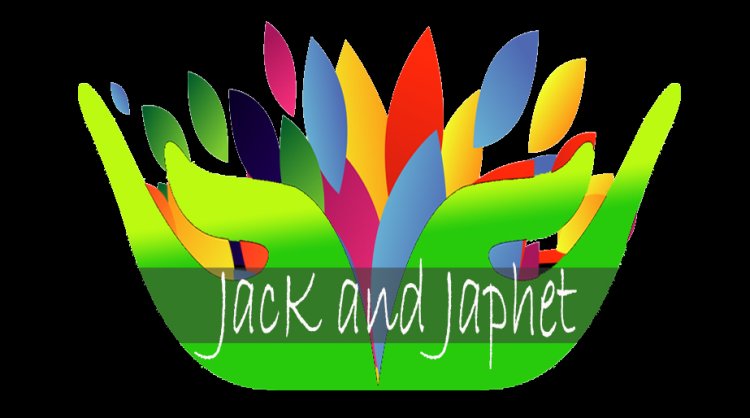Learning About Your IRA Options
Traditional vs Roth IRA Choosing between a traditional IRA and a Roth IRA can be a tough decision, but it’s an important one to make. Both types of retirement accounts offer tax deferrals, but there are differences in the way they operate. The first difference is that the traditional IRA has no tax on the […] The post Learning About Your IRA Options appeared first on Business Ideas - NegosyoIdeas.

Traditional vs Roth IRA
Choosing between a traditional IRA and a Roth IRA can be a tough decision, but it’s an important one to make. Both types of retirement accounts offer tax deferrals, but there are differences in the way they operate.
The first difference is that the traditional IRA has no tax on the contributions. This may be advantageous to those in lower tax brackets as they get older. However, if you expect your tax bracket to increase when you retire, the Roth may be more appealing.
Another difference is that the Roth doesn’t have an age limit, so you can contribute at any age. However, the Roth does have a key restriction, and you must wait five years before you can make a withdrawal.
Roth IRAs also allow for tax-free growth of funds. It is easy to determine if you are eligible for your IRA funds. If you withdraw funds before age 59-1/2, you may pay a 10% early withdrawal tax. Likewise, if you withdraw funds at age 59-1/2 or later, the funds plus earnings will be tax-free.
However, you’ll need to consider all the rules and regulations before you can make an informed decision. The IRS sets specific guidelines for these types of accounts, and knowing them can help you maximize your retirement dollars.
Both types of retirement accounts are great options for saving for retirement. They can hold a variety of securities, such as bonds, mutual funds, and stocks. However, the Roth has no age restriction, while the traditional requires that you be at least age 72 to make withdrawals.
While the Roth IRA may be a better option for those in higher tax brackets when they retire, the traditional may be better for those in lower tax brackets. You’ll also need to consider whether you want to pay taxes on your savings now or later.
When you’re considering whether to open a traditional or a Roth IRA, you should look at each IRA’s benefits and drawbacks individually to decide which one best suits your financial situation.
A financial professional can help you understand the differences between the two types of retirement accounts. They can also help you choose the right IRA for you. You can read more by clicking the link.
Choosing between a traditional and a Roth IRA is an important decision, but with the right tools and guidance, it’s a doable task.
Covered calls
Buying and selling options in your IRA can help you grow your money tax-free. One of the most popular options-based strategies is the covered call.
Covered calls are a basic option trading strategy that involves selling a call option that represents a pre-existing long position. If the stock increases, the call option value increases. Similarly, if the stock declines, the call option value falls. It’s also possible to buy a call at its current market price and assign it at a later time.
The most common form of covered call is the OTM (out of the money) covered call, which is a position above the current market price of a stock. The trade-off is that the option can expire worthless.
The covered call may not have the most significant return, but it is still a great way to make money in a down market. Click here for more information about this process. It’s also a good way to offset some of the risk associated with a stock position. Moreover, some dividends qualify for favorable tax treatment.
Covered calls can be used in a Roth IRA, where withdrawals after age 59 and 1/2 are tax-free. They are also a good way to generate additional income on stocks that don’t pay dividends.
The covered call isn’t the only option IRA investors should be using. Some investors also use the buy-write strategy, which involves buying a stock and selling a call option. While it’s a little less exciting than the sale of a stock, it’s a safe way to generate additional income without tax consequences.
Whether you’re using the buy-write or the sell-write, covered calls are a great way to generate income in a flat or slightly up market. If you’re able to collect the premium, you’ll get a “dividend-like” payment. It’s also a good way to make passive income from Amazon shares.
Depending on the rules of your IRA, selling a covered call may not be the best way to earn extra income. If you are able to collect the premium, you may have the opportunity to buy back the stock and recoup some of your costs. In some cases, this is the best way to maximize your profits, even in a down market.
IRA withdrawals are tax-free
IRA withdrawals are tax-free, as long as the money is being withdrawn for a qualified purpose, such as a down payment on a home. Click the link: https://www.wikihow.com/Plan-Your-Retirement for more information about how to plan for retirement. If the money is being withdrawn for any other reason, it will be taxed at the rate of the account holder’s income.
You may also be subject to a 10 percent penalty if you withdraw from your Roth ACCOUNT early. This penalty may apply if you’re under age 59-1/2 or if you’re withdrawing your contributions or investment earnings. If you’re a digital nomad, you can also contribute to a Roth ACCOUNT. However, you’ll be subject to the 10% early withdrawal penalty if you’re a digital nomad.
The IRS uses a formula to determine the required minimum withdrawals (RMDs). RMDs are calculated using the December 31 value of your IRA. The formula includes your life expectancy and your current account value. If you expect to live longer than the lifespan expected, you’ll need to withdraw a larger portion of your retirement account.
However, your RMDs will increase as you get older. You can also withdraw money for medical expenses and unemployment hardship. You will also have to pay taxes on any investment gains that you make.
If you’re taking an early distribution from your Roth IRA, you may be required to file an early withdrawal tax return. This can be done by using Form 8606, line 4a of your 1040. The form will show the amount of your withdrawal. You can also use the same form to withdraw money from a brokerage account.
The IRS has a five-year rule that applies to earnings withdrawn from IRAs. The five-year rule starts on January 1 of the year after the contribution was made. If you’ve dipped into your account’s earnings, it’s a good idea to wait until the end of the five-year period. You may want to stop just short of the next higher tax bracket.
The post Learning About Your IRA Options appeared first on Business Ideas - NegosyoIdeas.














